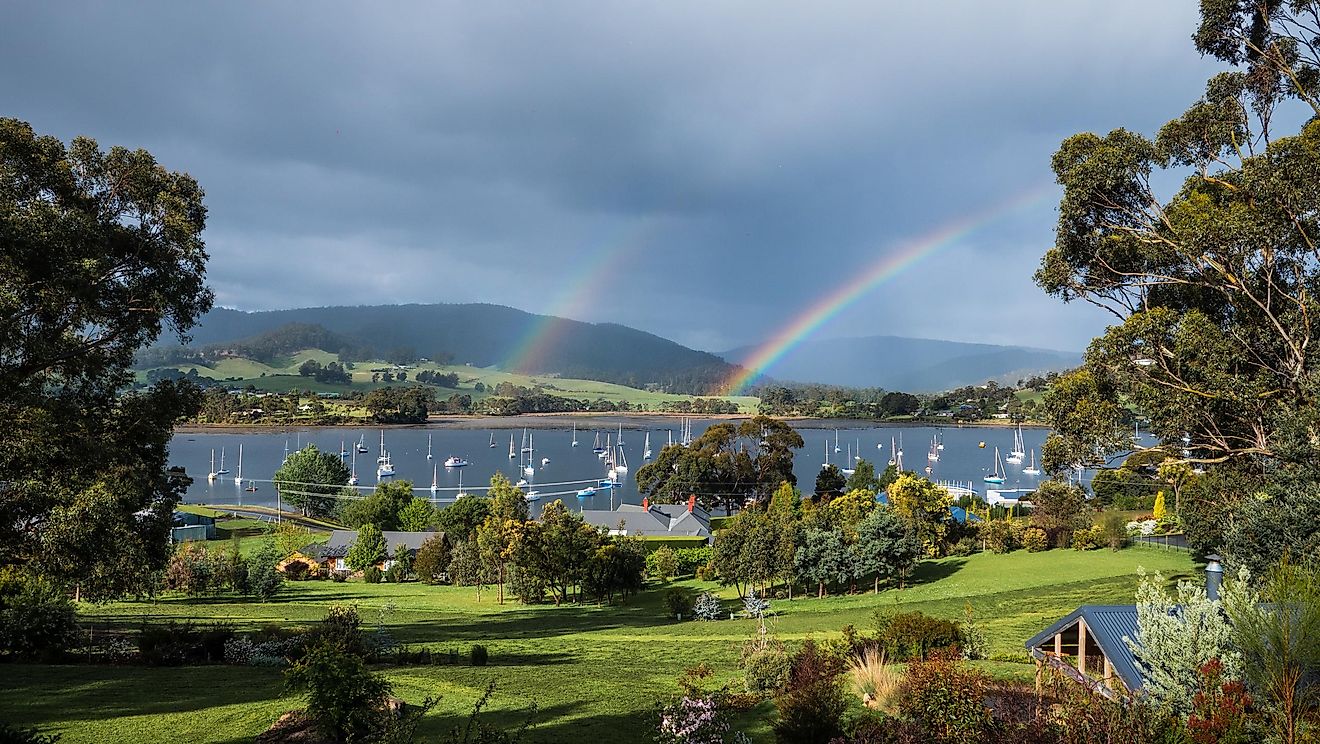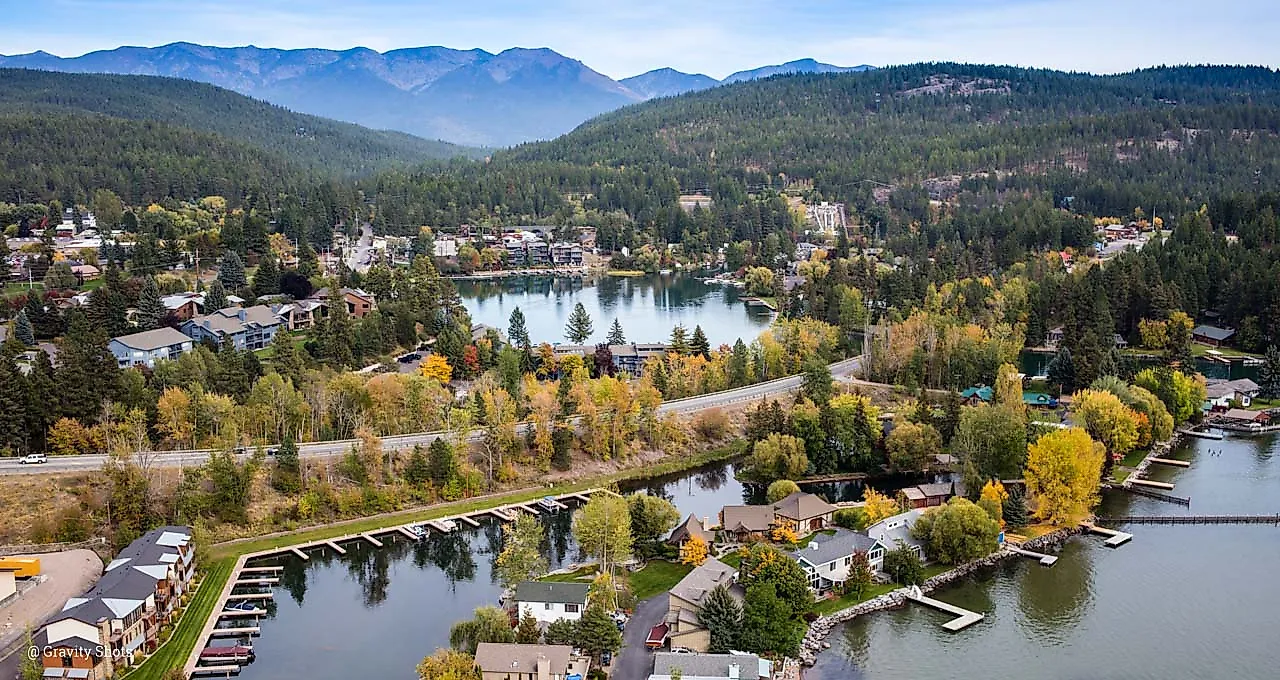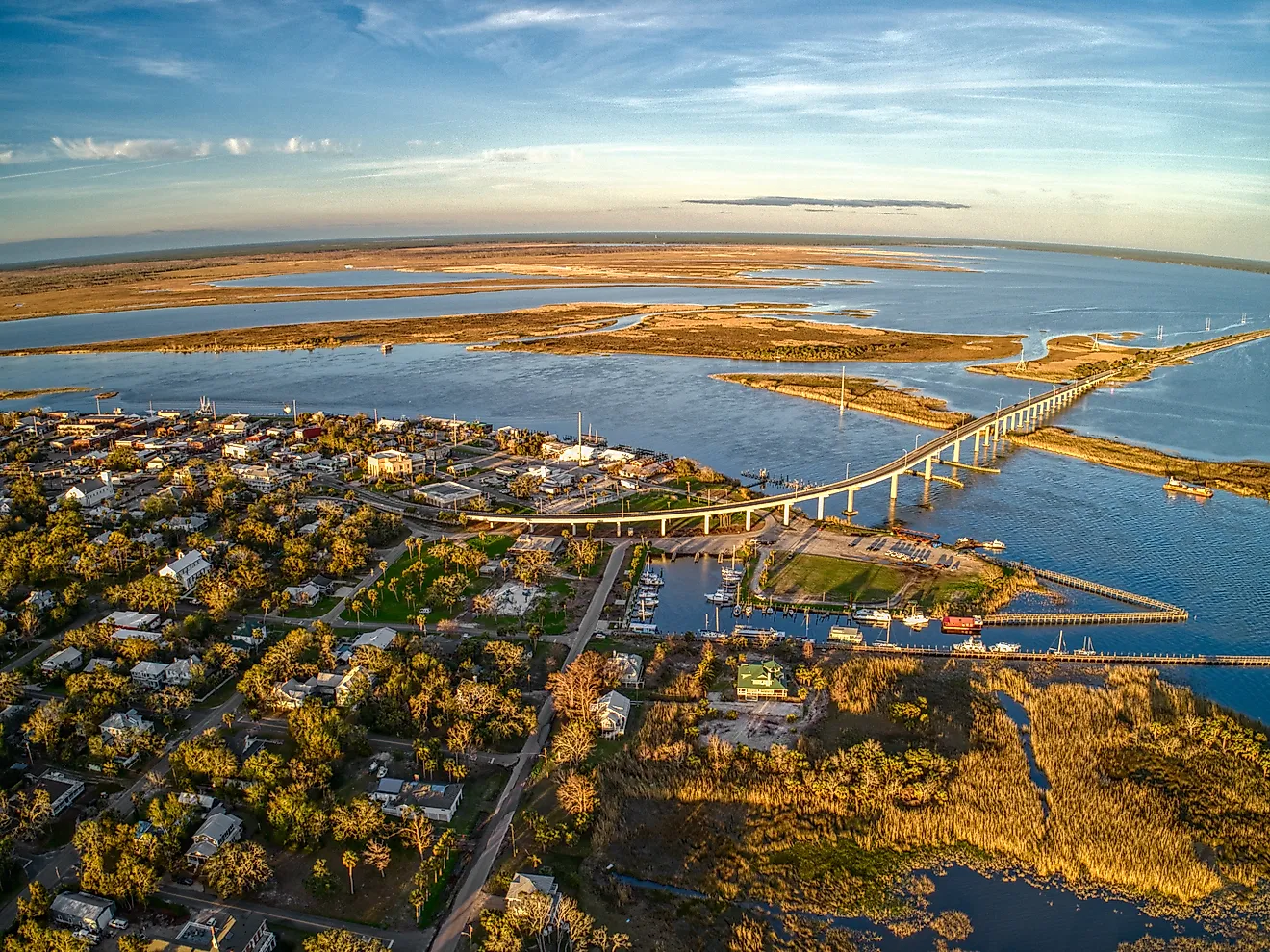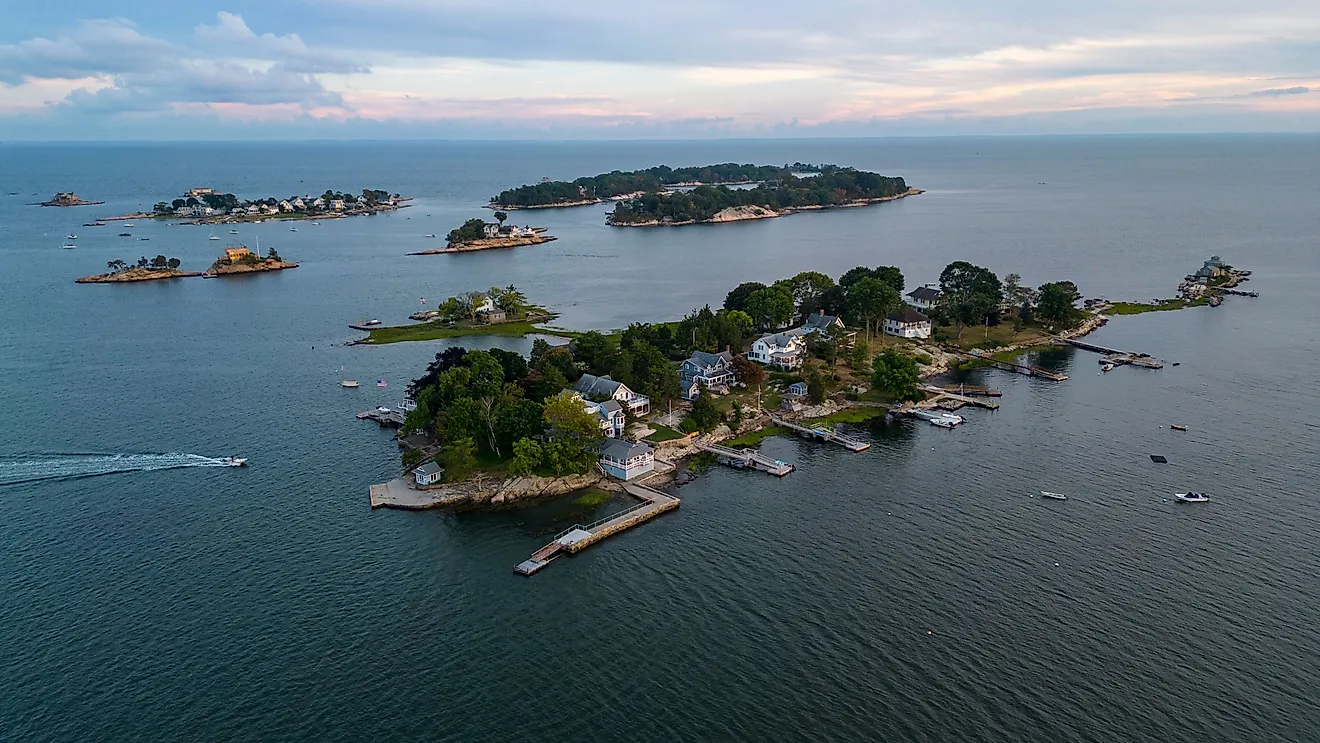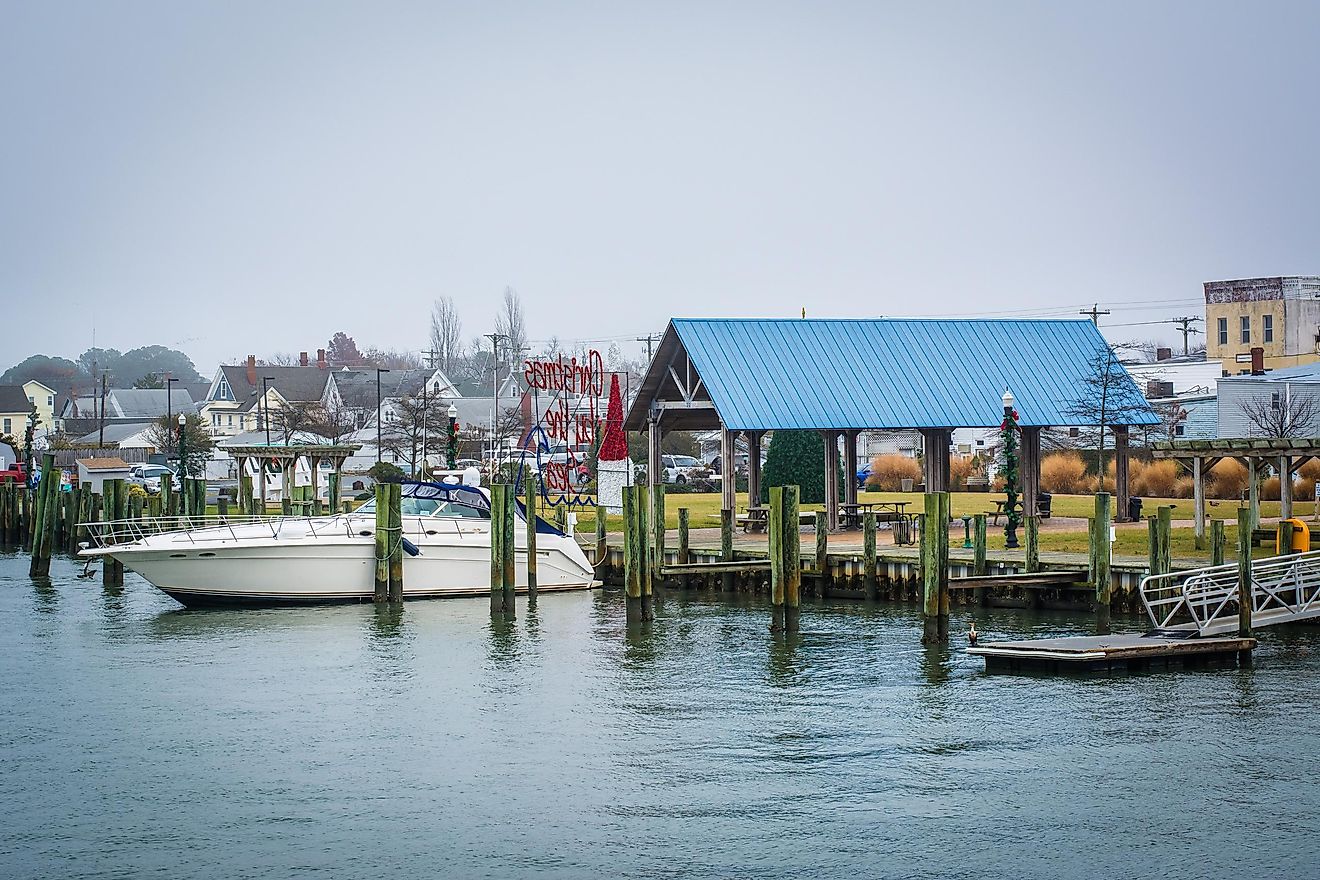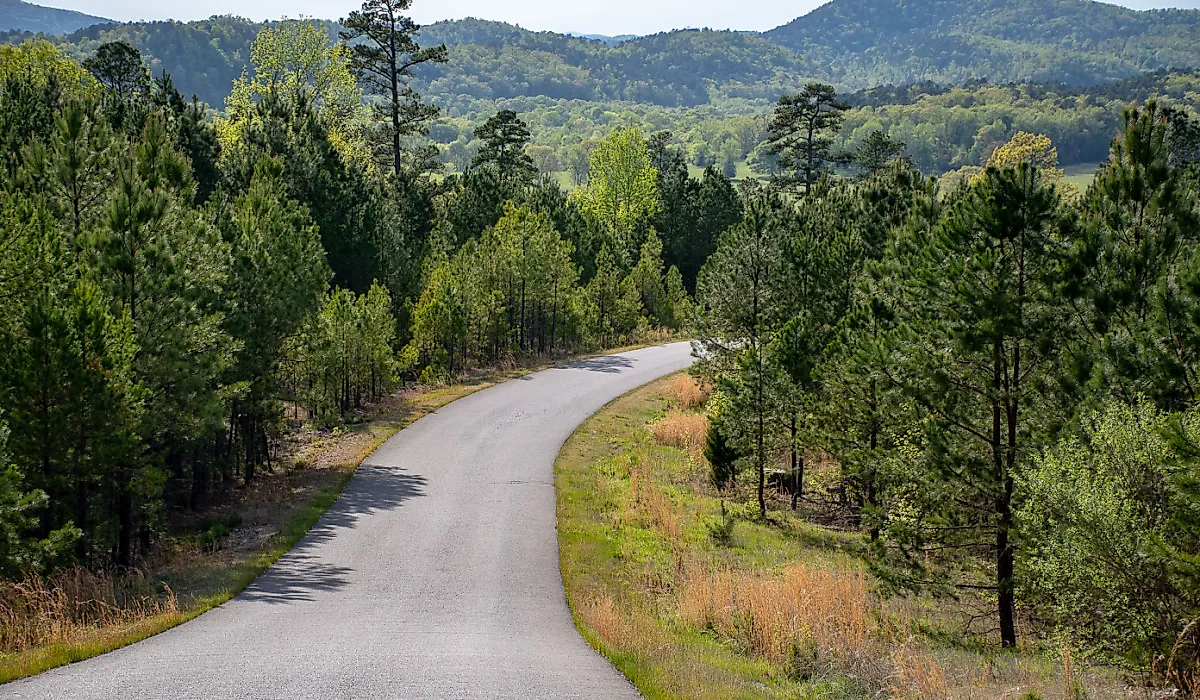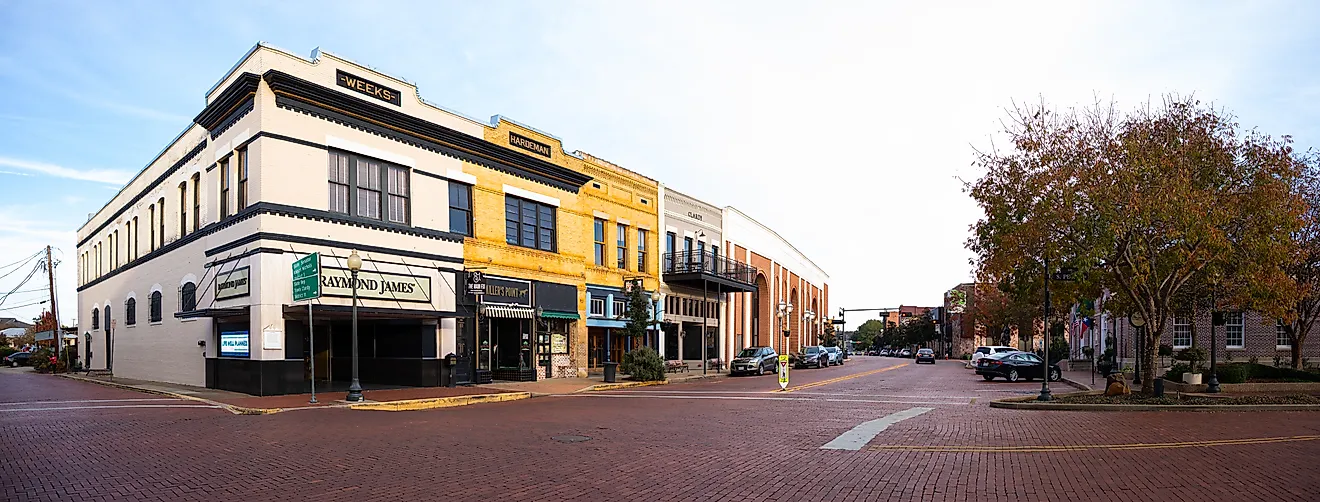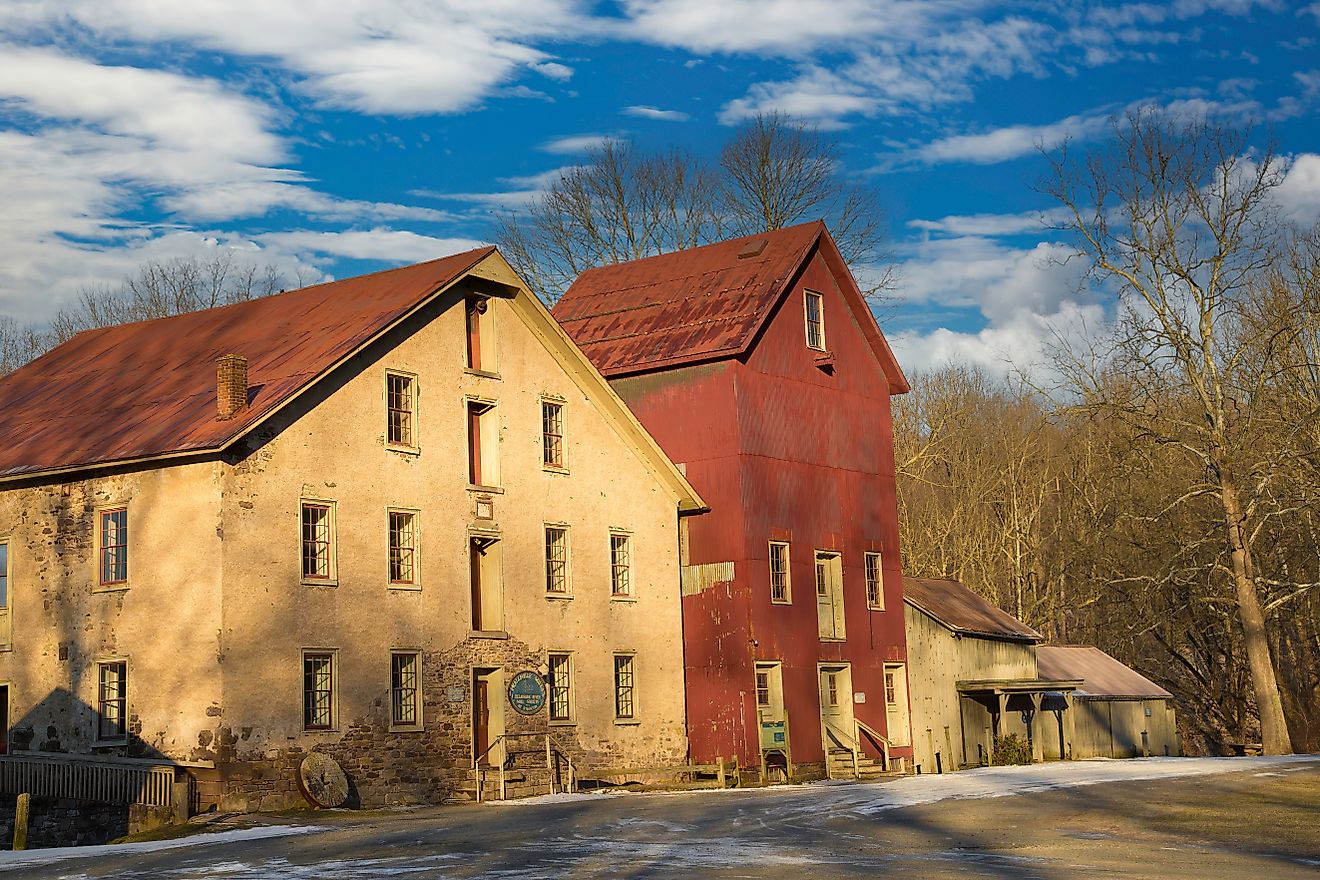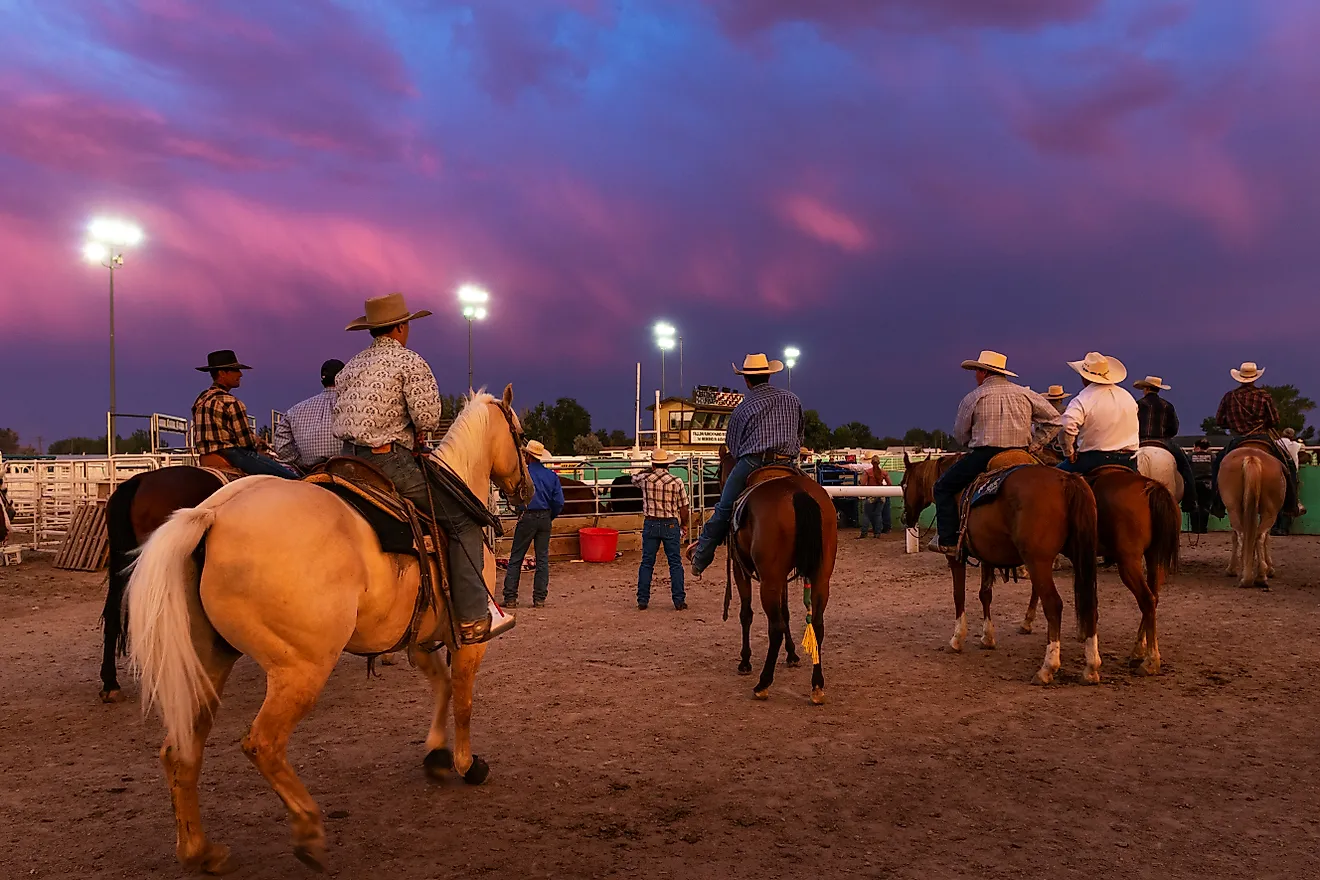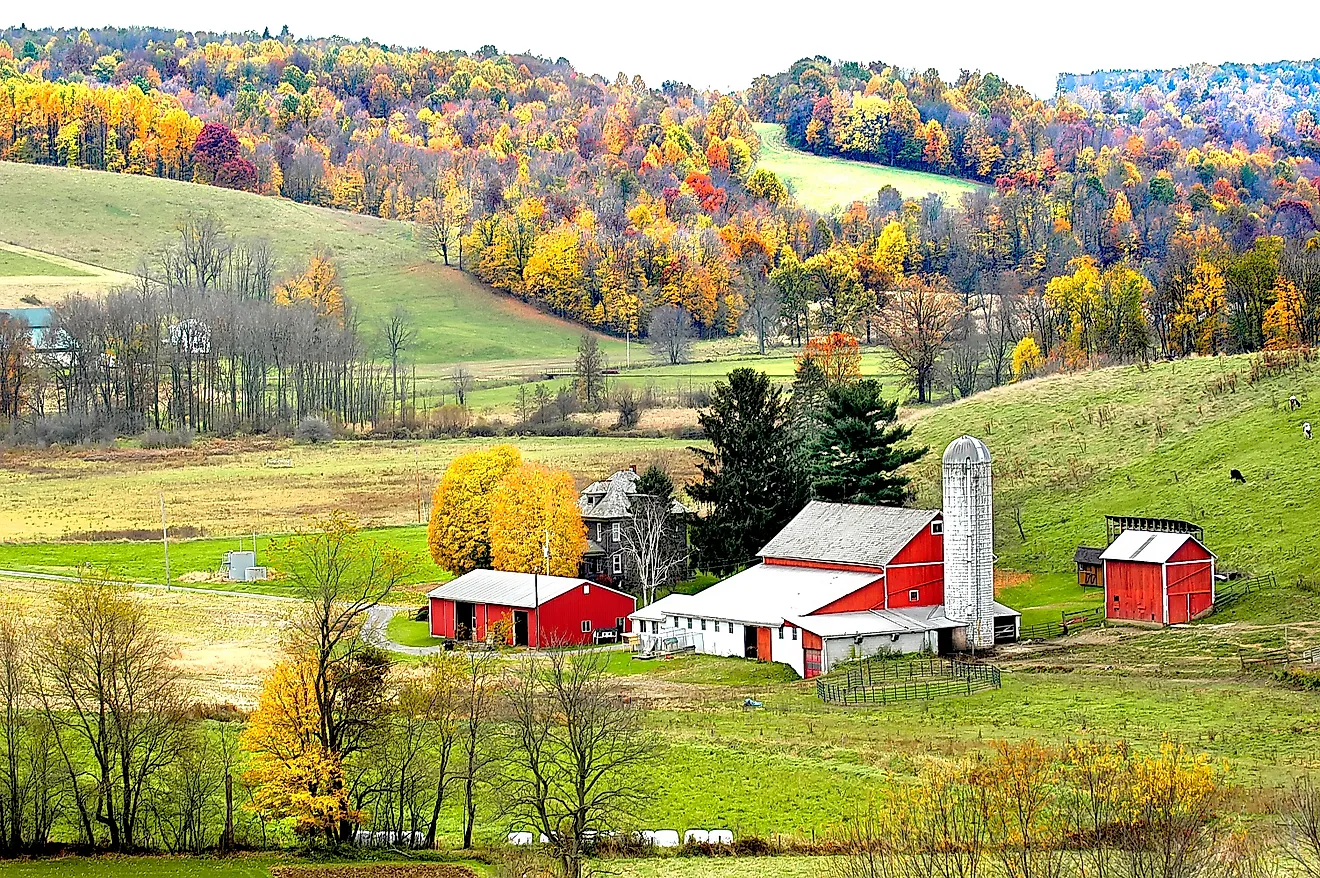
The Most Charming River Towns In Oklahoma
Oklahoma, an iconic part of the American West, has attracted pioneers, homesteaders, and travelers for hundreds of years. Becoming a state in the Union in 1907, the "Sooner State" — so called after the days when migrants rushed to claim land "sooner" than others — has held out the possibility of physical and cultural riches ever since. Yet, settlement never came easily. Especially in the state's famously arid west, access to rivers and other water sources made the difference between prosperity and failure. As these towns show, life by the river became a key part of the Oklahoma experience. Visitors can still get a taste of these state dynamics today, and can make of it a great weekend or a longer time away.
Broken Bow
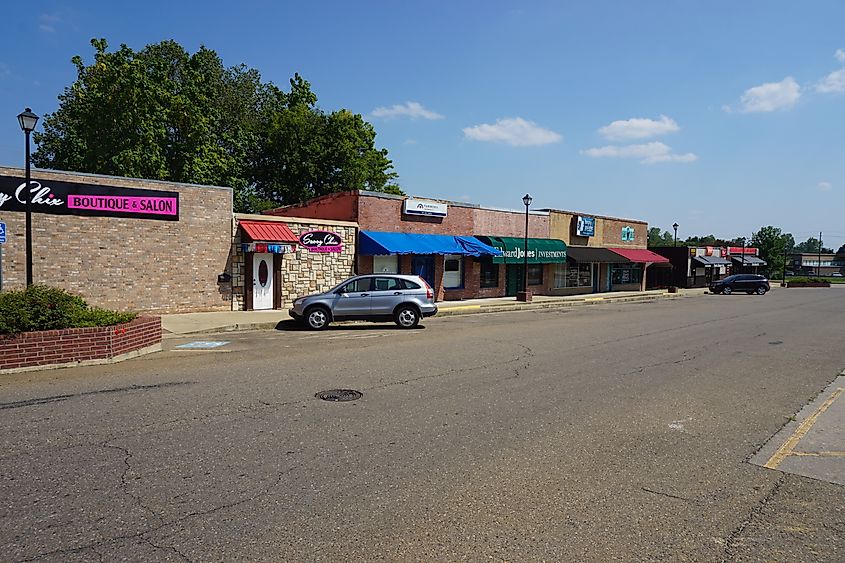
In the state's mountainous southeast, Broken Bow provides a classic Oklahoma welcome. Many come here to enjoy the natural beauty of Beavers Bend State Park, which includes Broken Bow Lake and Mountain Fork River. Both waterways are popular for canoeing, boating, and fishing, as well as for their family-friendly nature centers that educate and enlighten visitors about the region's natural properties. Beavers Bend includes RV spaces, cabins, and campgrounds. Golfers enjoy the Cedar Creek Golf Course, which also sits within Beavers Bend. The course's fairways lie nestled among handsome local species of green pine trees.
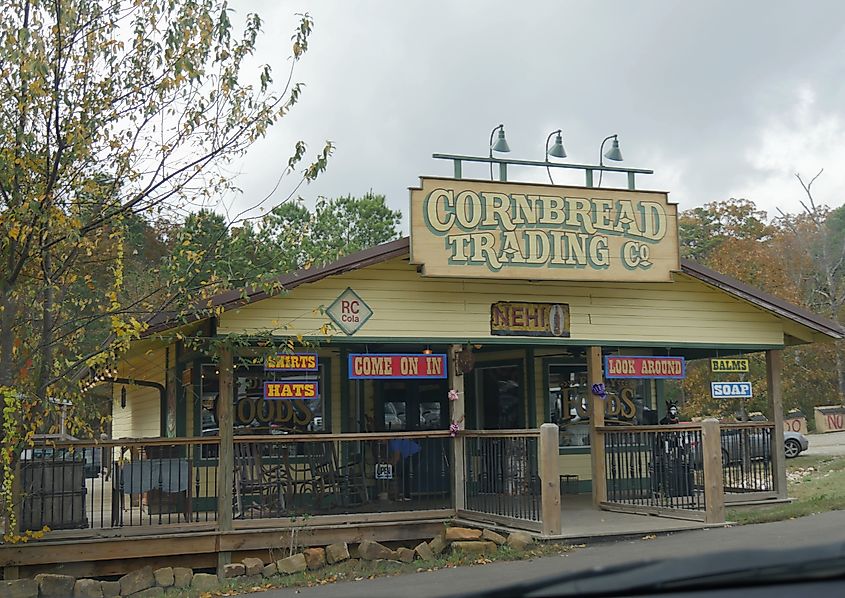
Claremore
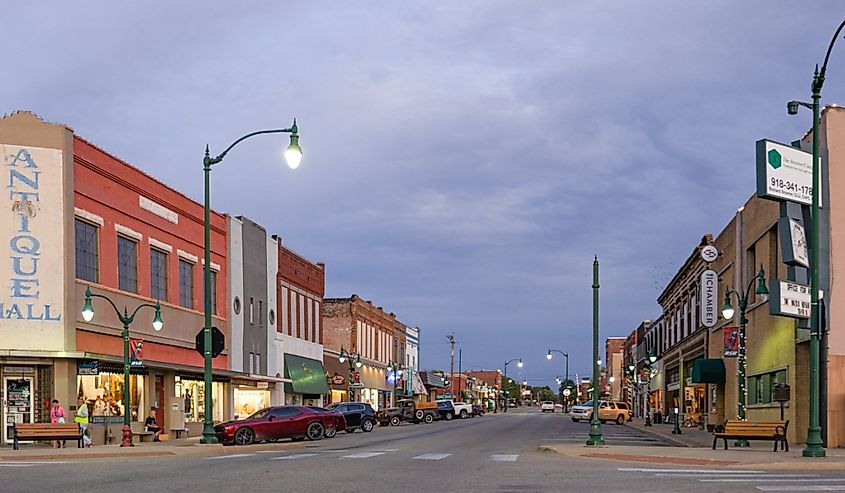
Claremore, in Oklahoma's northeast, combines waterside fun with a side of history. South of town runs the Verdigris River, one of Oklahoma's longest, and a popular draw for fishermen of all kinds. The name means 'turquoise' in French, and reflects the onetime presence of French traders who were present in the region. That spirit of commerce continues today at the Tulsa Port of Catoosa, just southwest of town, which facilitates riverborne trade and shipping.
Northeast of town lies Claremore Lake, which has a walking trail tracing the western shoreline and is ideal for a family outing. The lake also offers fishing opportunities: its waters are stocked with bass, crappie, and other types of fish. For fans of the bygone Wild West, Will Rogers State Park, named after the Oklahoma cowboy and actor of legend, offers horseback riding, hiking, and more.
Fort Gibson

In eastern Oklahoma, the town of Fort Gibson stakes its Sooner-style claim as Oklahoma's oldest town. Here the Arkansas, Grand, and Verdigris rivers come together, which made this location a naturally important one for trade, transportation, and other human interactions.
Today, those river histories live on at the Fort Gibson Historic Site, which illustrates the region's periods of development. In town, the Grand River Bridge leads to the Jean-Pierre Choteau Nature Trailhead, a popular walking path through the Oklahoma outdoors. Families can also enjoy the nearby Arkansas River for a day out in the fresh air. And for an evening without the kids, the Cherokee Casino and Hotel offers gambling and fine dining with 24-hour operations.
Grove
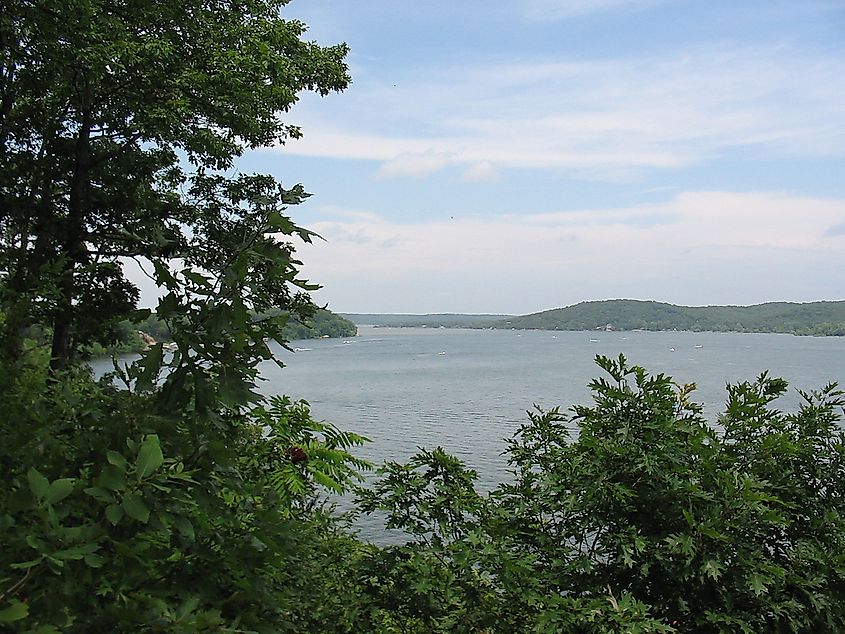
Oklahomans and out-of-towners alike enjoy the town of Grove, in the state's northeast corner. The town is famous for its place on the Grand Lake O' the Cherokees. The body of water is in fact a reservoir connected to the Neosho River, also called the Grand River here, another popular destination in the state's surrounding Grand Lake region. Kid-friendly history endures at Har-Ber Village Museum, a six-acre site with displays that shed light on the customs of pioneer times.
Nature fans come to Grove to celebrate the annual Pelican Festival, which honors the White Pelican, a beloved local bird. And for more fun on the water, take a ride on the Grand Lake Queen, a historic riverboat, which offers scenic views and a memorable pleasure cruise.
Guthrie
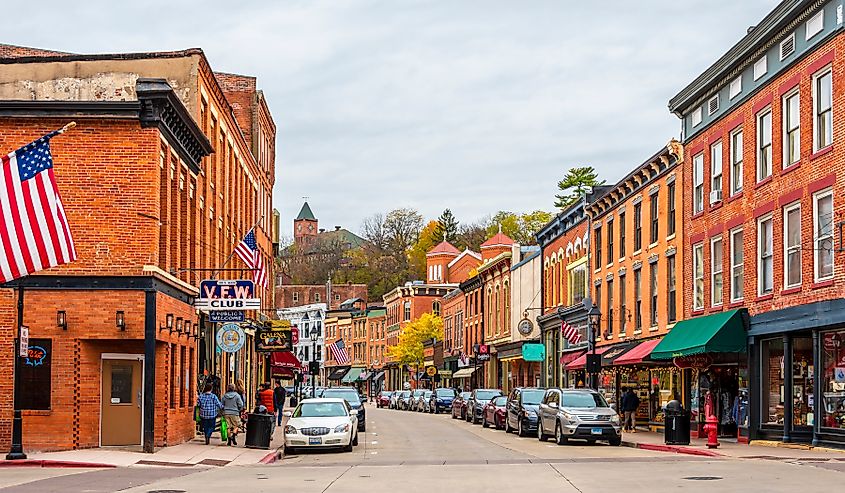
In north-central Oklahoma, Guthrie shows visitors the best of Oklahoma's western legacies.The town lies near the Cimarron River, one of Oklahoma’s historic waterways, another historic waterway. The river's name derives from the Spanish colonial part of its past, which produced the full name of Rio de los Carneros Cimarrones — "River of the Wild Sheep," according to the Encyclopedia of Oklahoma History and Culture.
Downtown, the Guthrie Cultural Arts District showcases 19th-century architectural styles across its homes and buildings. For more history during a downtown stroll, try to find the tree planted to commemorate original Land Run of 1889 Land Office. Here, Sooners' claims to land gave it an outsized role in forming the Oklahoma of today.
Pauls Valley
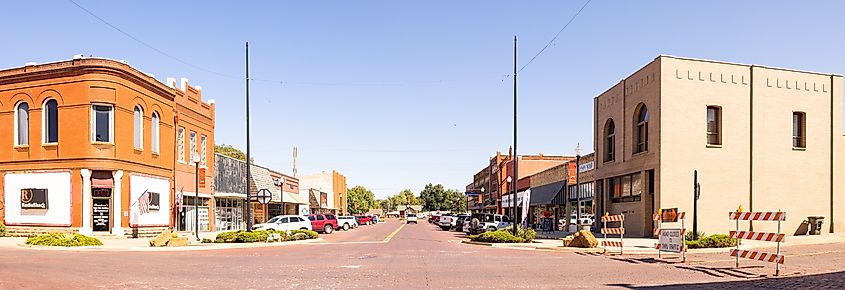
The town of Pauls Valley, in the state's central heart, owes its existence in part to the Washita River that flows around the town. The river and the area's settlers developed a robust agricultural industry here, growing corn, wheat, and other essential crops in the region while depending on the Washita as a water supply for farming and human needs.

A short drive west of town, Pauls Valley Lake offers a peaceful spot for fishing, boating, and picnicking.Campers enjoy Pauls Valley Lake Campground, situated at the lake's southwest edge. History shows up abundantly in town; sites listed on the National Register of Historic Places include the Pauls Valley Historic District, the Garvin County Courthouse, and the Santa Fe Depot railroad station, built in 1905, which now houses a museum.
Tishomingo
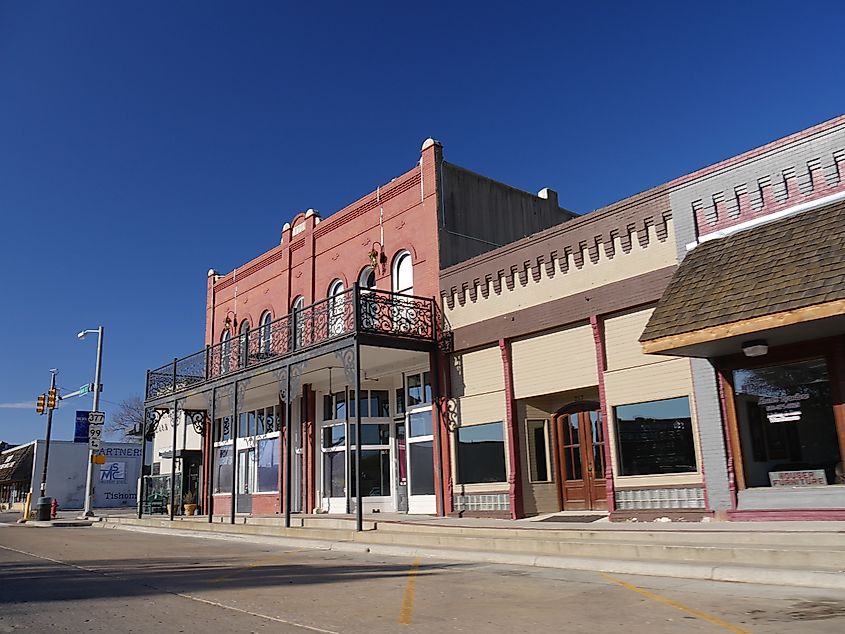
In south-central Oklahoma, Tishomingo lies just north of the Washita, while a tributary, Pennington Creek, defines the town's western edge. The river supports a vibrant, outdoors-focused local lifestyle: the Clifton River Access Campground, as well as the Boot Hill Shooting Range, both lie along the Washita's banks.
Tishomingo's local history runs deep. It was once the capital of the Chickasaw Nation, a prominent regional Native American tribe. The Chickasaw Council House and Museum, in downtown Tishomingo, boasts one of the world's largest collections of authentic Chickasaw objects. South of town, Lake Texoma spreads out between Oklahoma and neighboring Texas, forming part of the border between those two states.
Go With The Flow In Oklahoma's River Towns
Towns like these show how rivers have shaped life and history in Oklahoma, where water can sometimes run in short supply. Mountain Fork River, in Broken Bow, supports a variety of fun activities, from golf to boating. Claremore's Verdigris River is a lynchpin of Tulsa's urban economy, now as in the past. Guthrie's Cimarron River reflects the former Spanish presence in this part of the country. And the Washita River — undergirding life and living from Pauls Valley to Tishomingo — provides water for farming, fun, and family time. For a next vacation, time along an Oklahoma river might be just the right way to relax.
